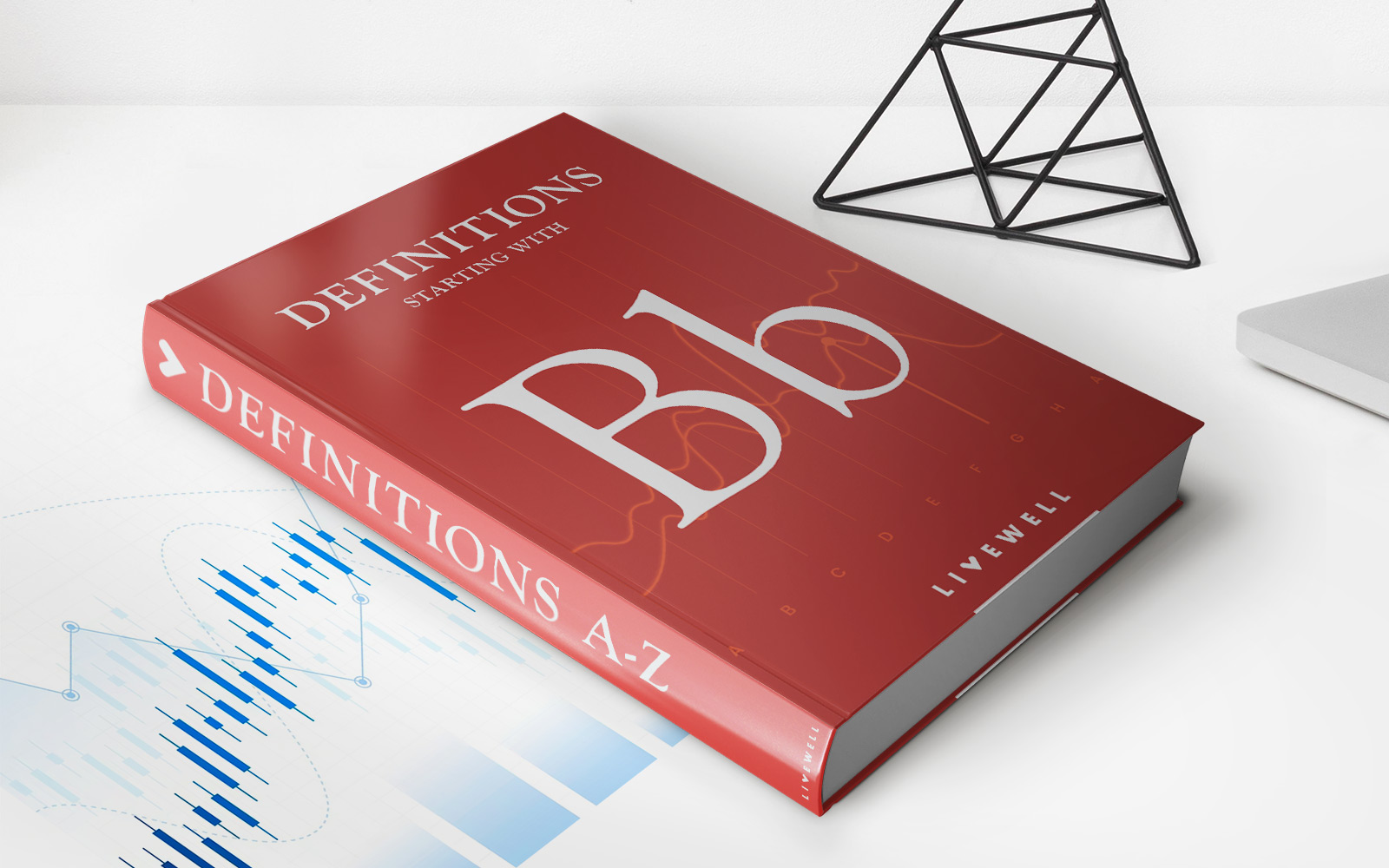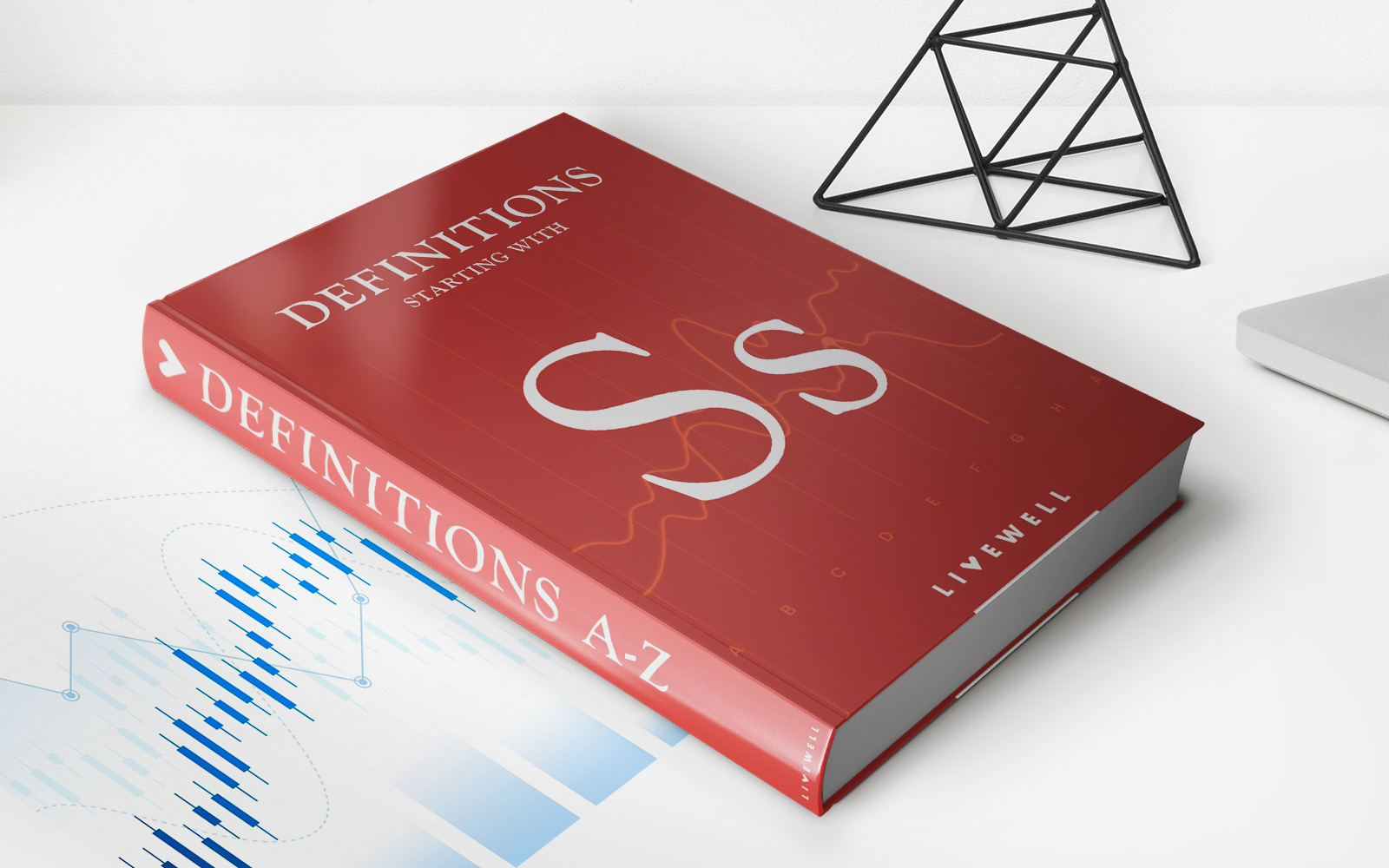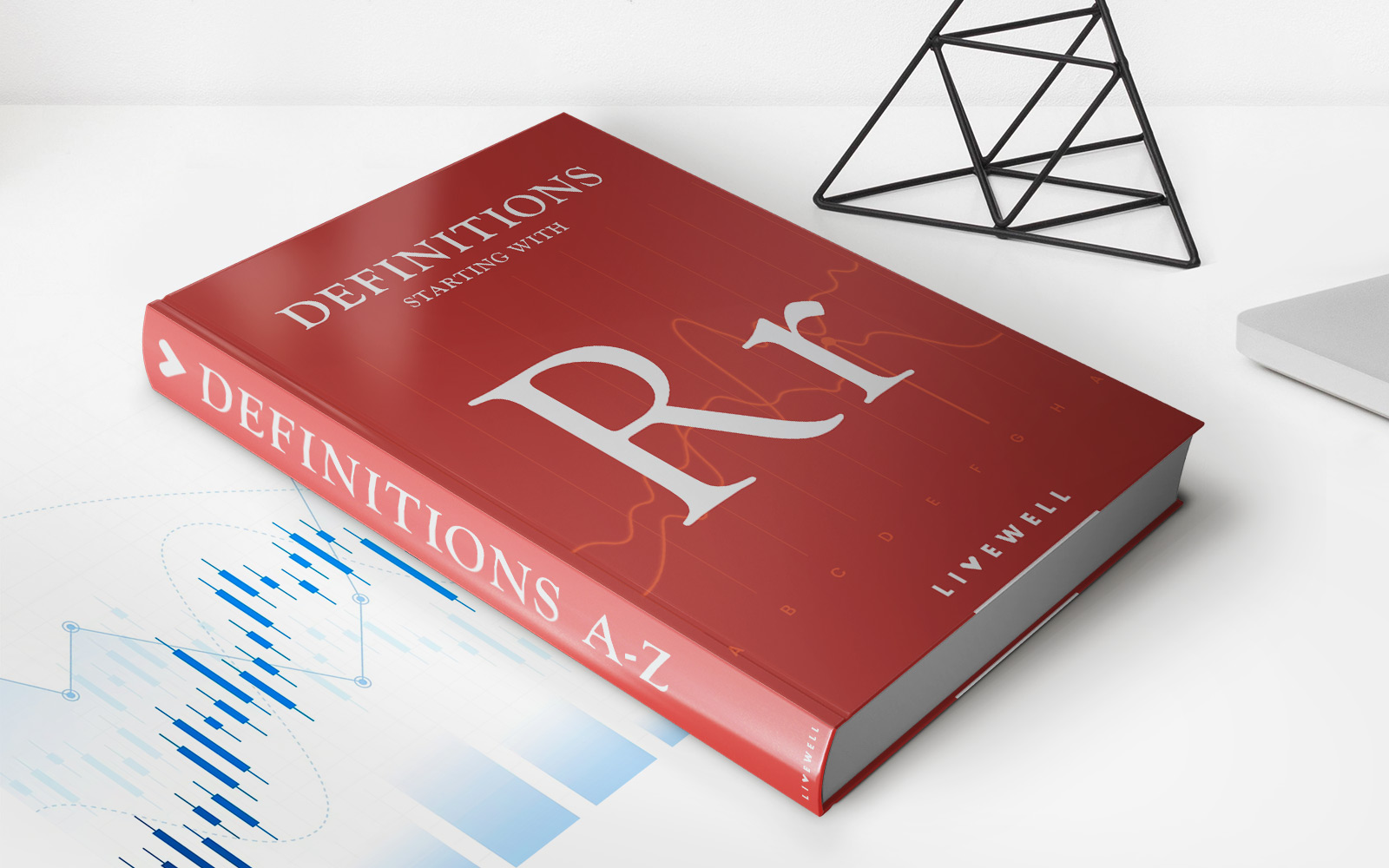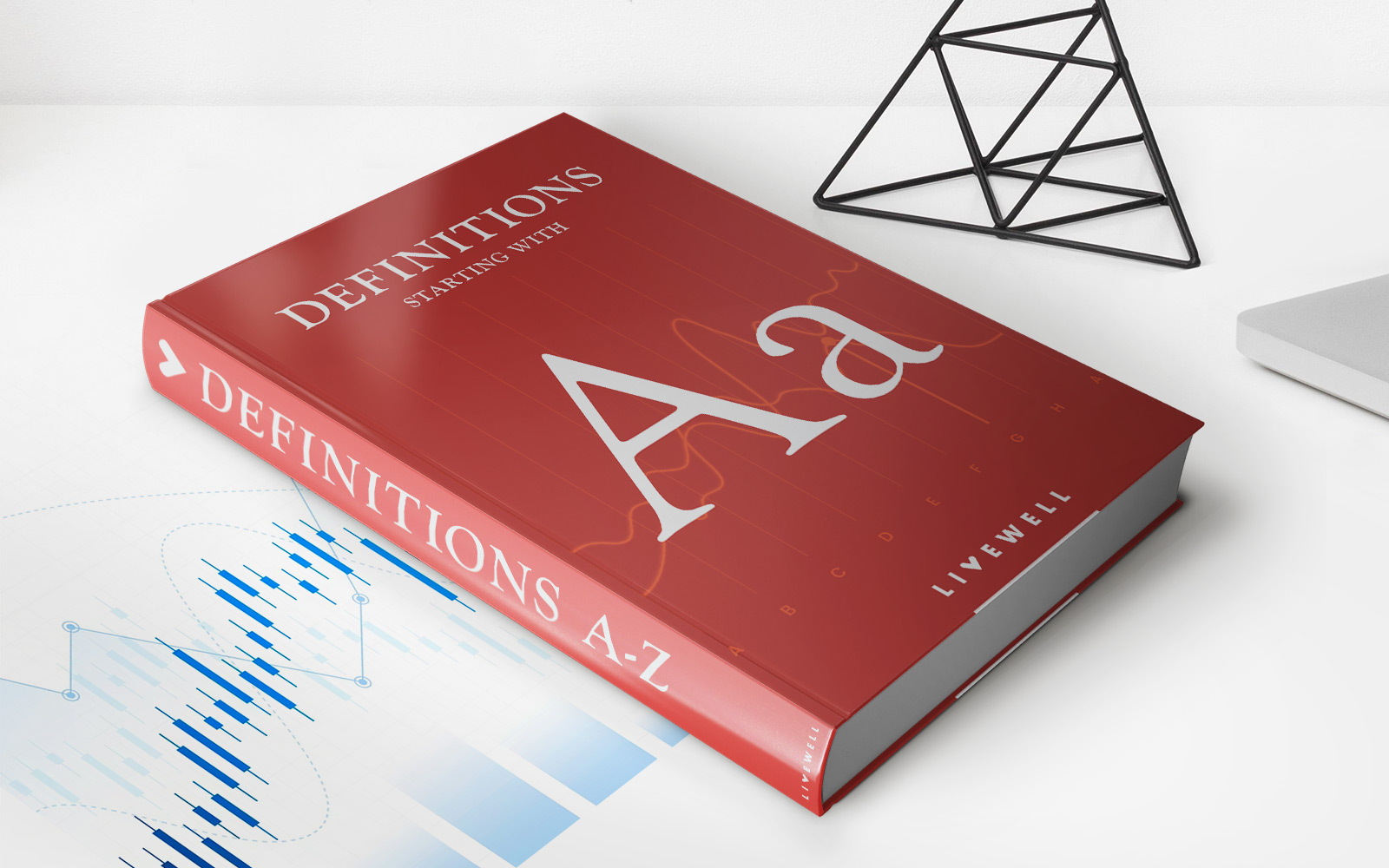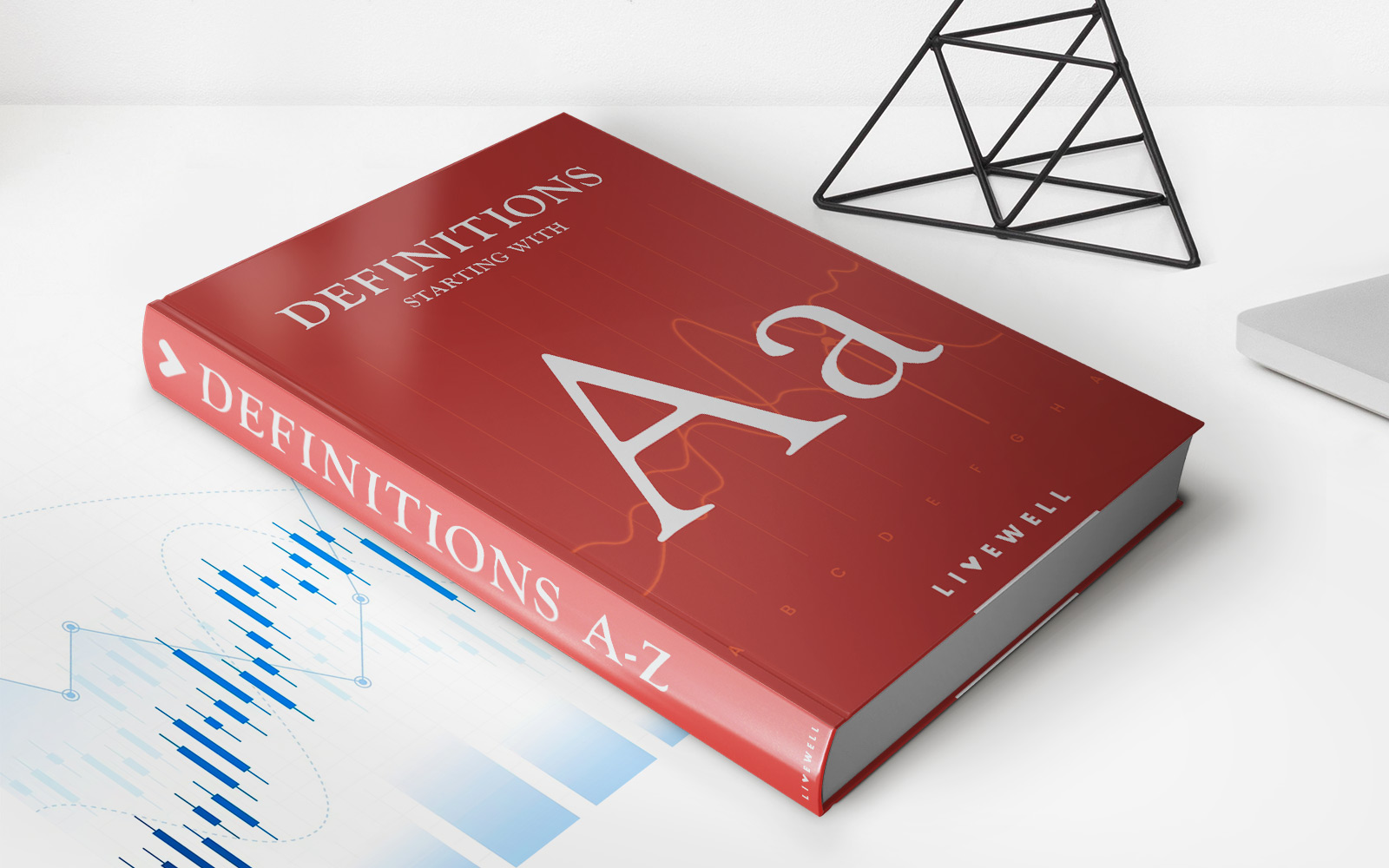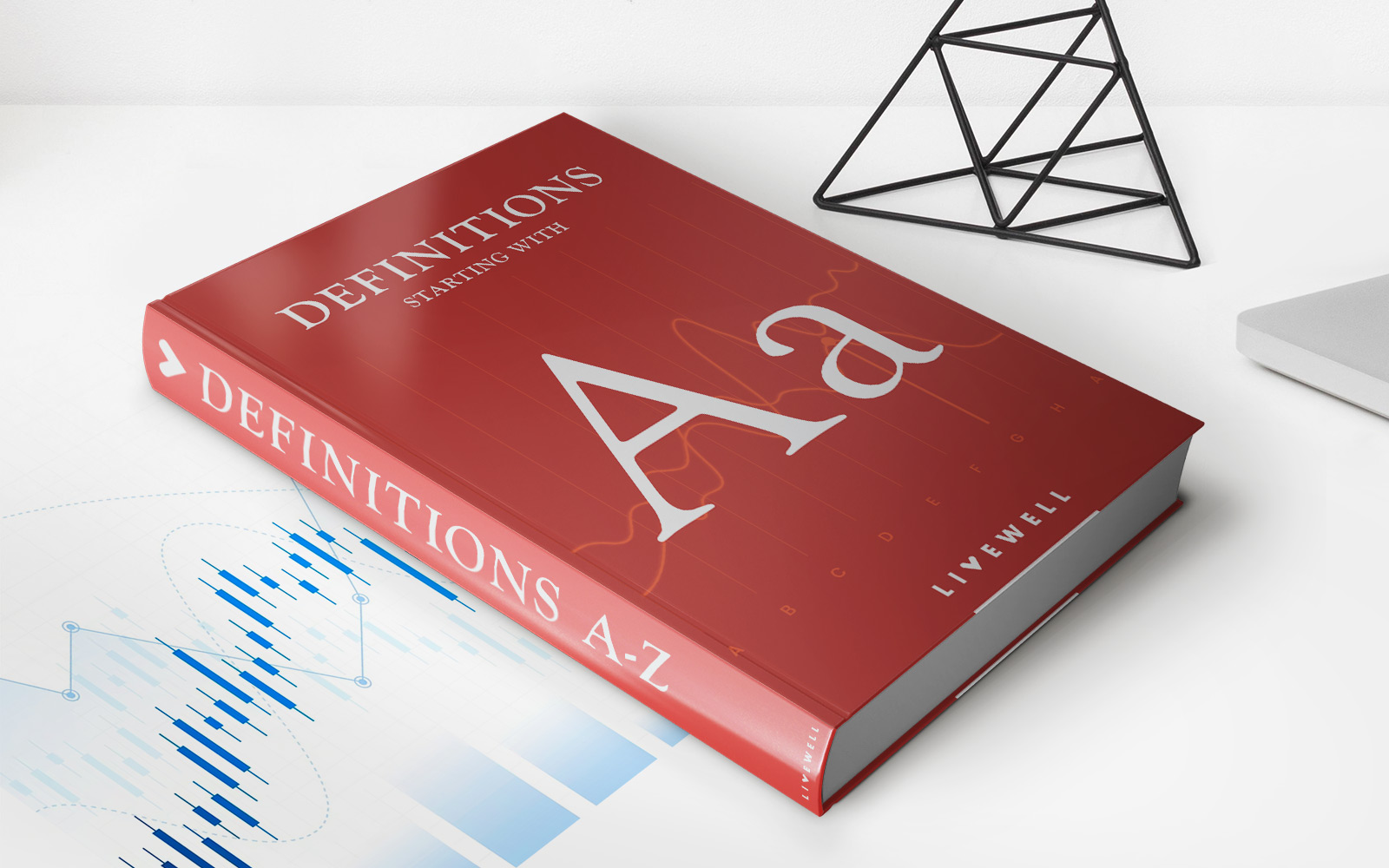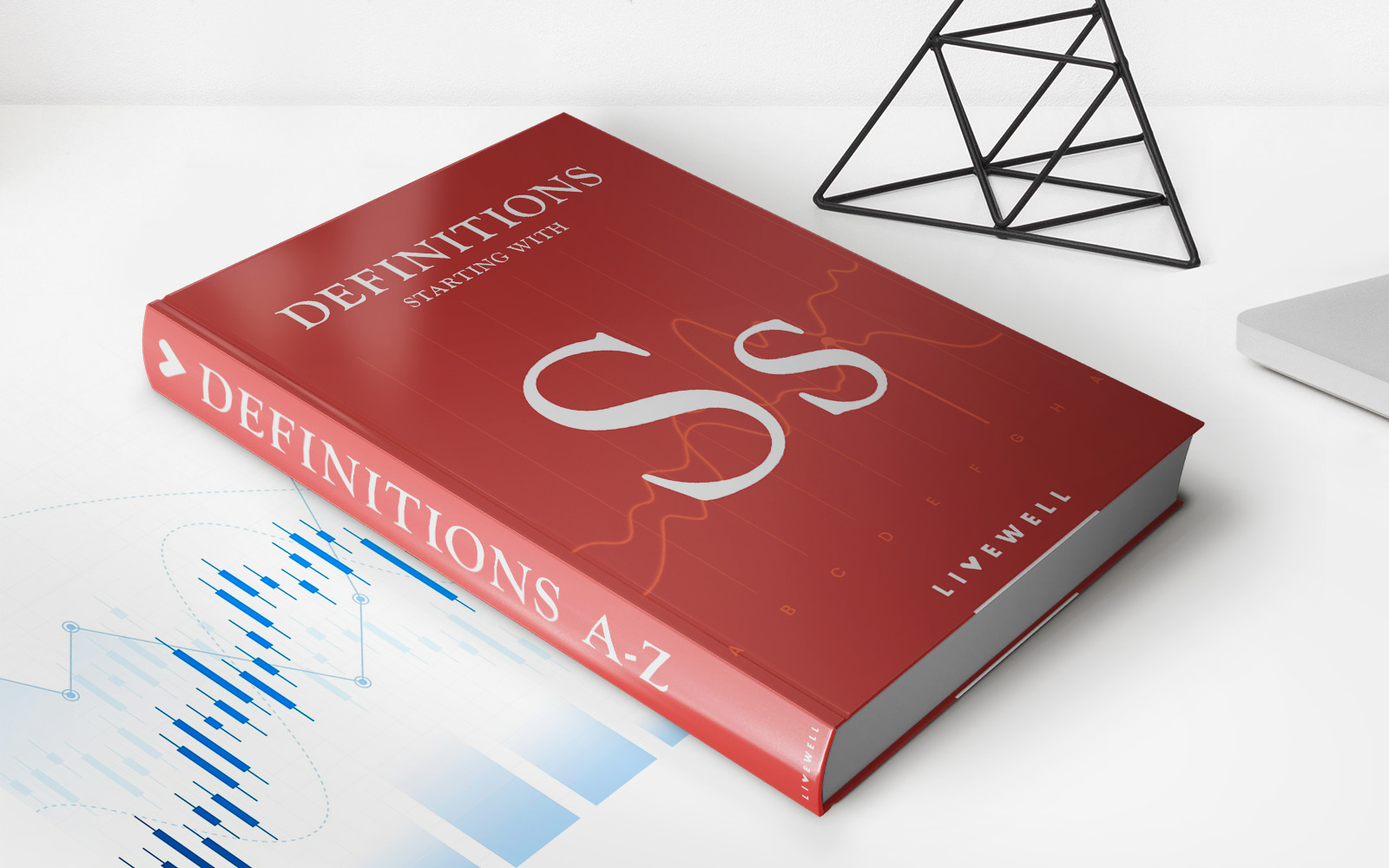Home>Finance>Runs Test: Definition, Types, Uses, And Benefits
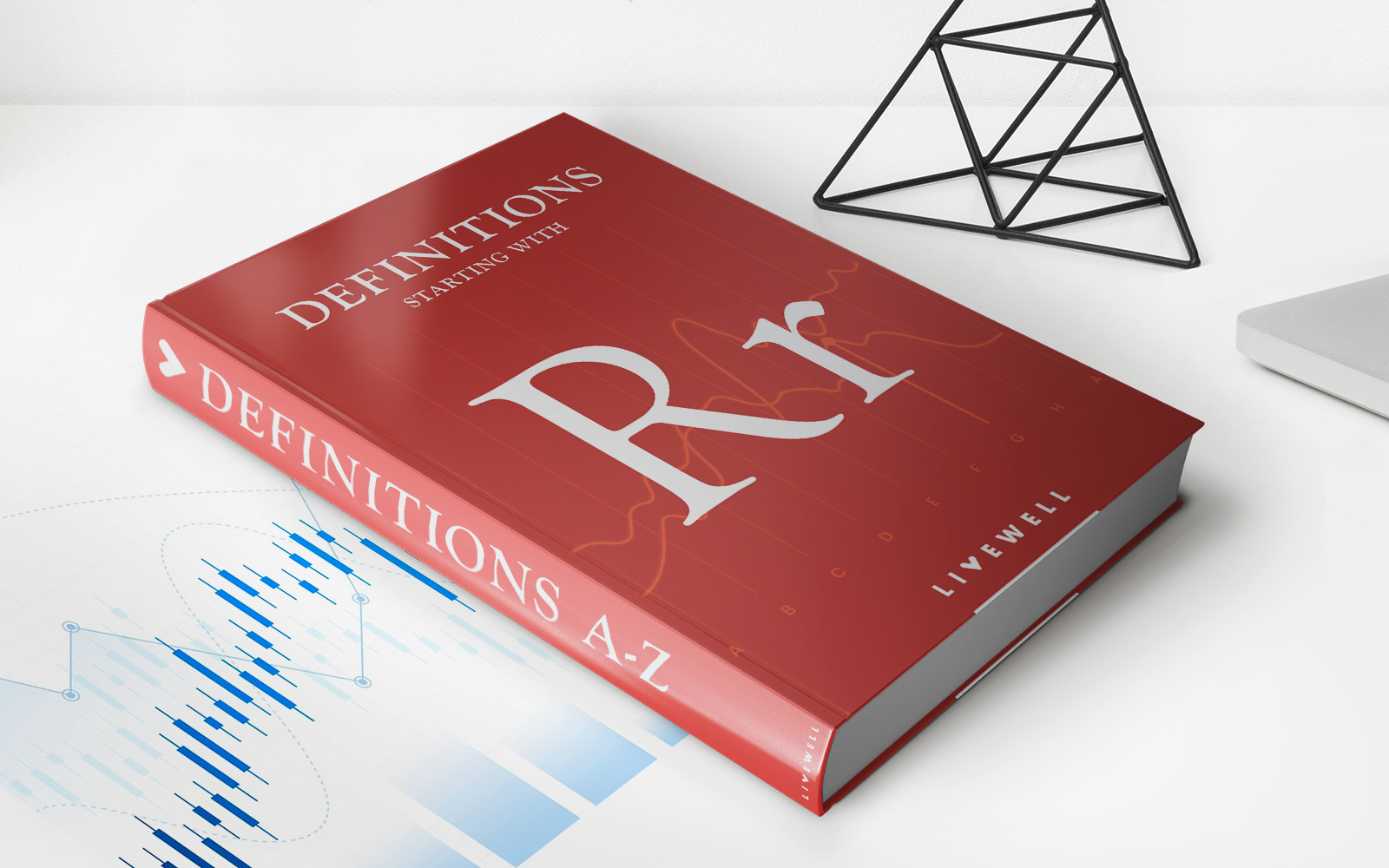

Finance
Runs Test: Definition, Types, Uses, And Benefits
Published: January 22, 2024
Explore the definition, types, uses, and benefits of Runs Test in finance. Gain insights into analyzing financial data and detecting patterns for informed decision-making.
(Many of the links in this article redirect to a specific reviewed product. Your purchase of these products through affiliate links helps to generate commission for LiveWell, at no extra cost. Learn more)
Ruiz Test: Definition, Types, Uses, and Benefits
Welcome to another exciting blog post in our “FINANCE” category! Today, we are diving into the world of statistical analysis with a focus on the runs test. If you’ve ever wondered what a runs test is, how it works, and why it’s important in the world of finance, you’ve come to the right place. So, let’s roll up our sleeves and explore the fascinating world of runs test together!
Key Takeaways:
- A runs test is a statistical tool used to determine whether a data set exhibits randomness or non-randomness.
- It is primarily used in finance to analyze financial market movements, such as stock prices or currency exchange rates.
What is a Runs Test?
A runs test is a statistical test designed to assess the randomness of a given data set. It specifically analyzes the occurrence of consecutive increasing or decreasing values, known as “runs.” By examining the patterns of runs, the test determines whether the data displays a random distribution or follows a specific pattern.
Runs tests can be applied to any type of data, but they hold particular significance in finance. Financial markets are known for their unpredictable nature, and runs tests provide valuable insights into market trends and patterns. Traders and analysts use this test to assess whether a market is exhibiting a significant deviation from randomness, helping them make more informed investment decisions.
Types of Runs Tests:
Several variations of runs tests exist, each with its own specific purpose. Some of the most commonly used types include:
- Runs Above and Below the Mean: This test determines if the number of runs above and below the mean of the data set is within the expected range.
- Runs Up and Down: This test examines the number of positive and negative runs in a data set, identifying any unusual patterns.
- Runs Above and Below the Median: Similar to the first test, but instead of the mean, it uses the median as the reference point.
- Runs with Multiple Categories: This test is used when the data set falls into more than two categories, allowing for a comprehensive analysis of such multi-category data sets.
Uses of Runs Test:
The uses of runs tests go far beyond analyzing financial markets. Here are some of the most important applications:
- Market Analysis: Runs tests help analysts determine if a financial market is exhibiting any underlying patterns or randomness.
- Trend Identification: By analyzing runs in a data set, investors can identify trends and make predictions about future market movements.
- Quality Control: Runs tests are used in manufacturing to assess the conformity of produced goods.
- Psychological Studies: In areas such as psychology and neuroscience, runs tests analyze patterns in research data to draw conclusions.
Benefits of Runs Test:
The runs test offers several advantages that make it a valuable tool in data analysis:
- Simplicity: Runs tests are easy to understand and implement, making them accessible even to individuals with limited statistical knowledge.
- Powerful Insights: By examining runs, this test provides valuable insights into the structure and patterns within a data set.
- Robustness: Runs tests are less sensitive to outliers, making them suitable for data sets with anomalies.
So, the next time you come across a data set that needs analysis, consider adding a runs test to your toolkit. With its simplicity and powerful insights, this statistical tool can help unlock valuable information and guide you towards making informed decisions.
We hope this guide has given you a good understanding of runs tests and their applications. Remember, knowledge is power, and statistical analysis can be a powerful tool in the field of finance!
